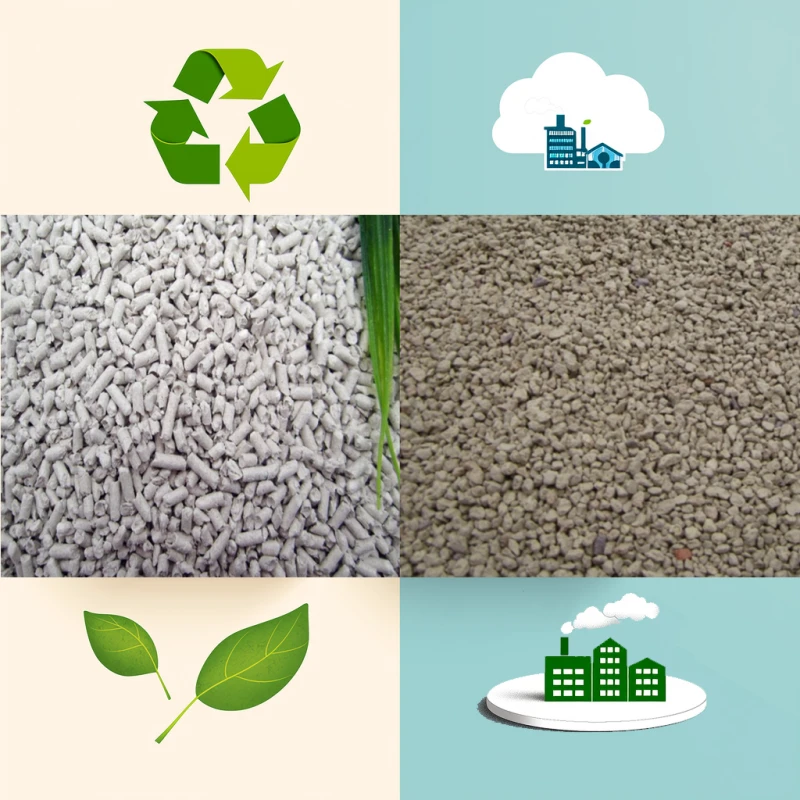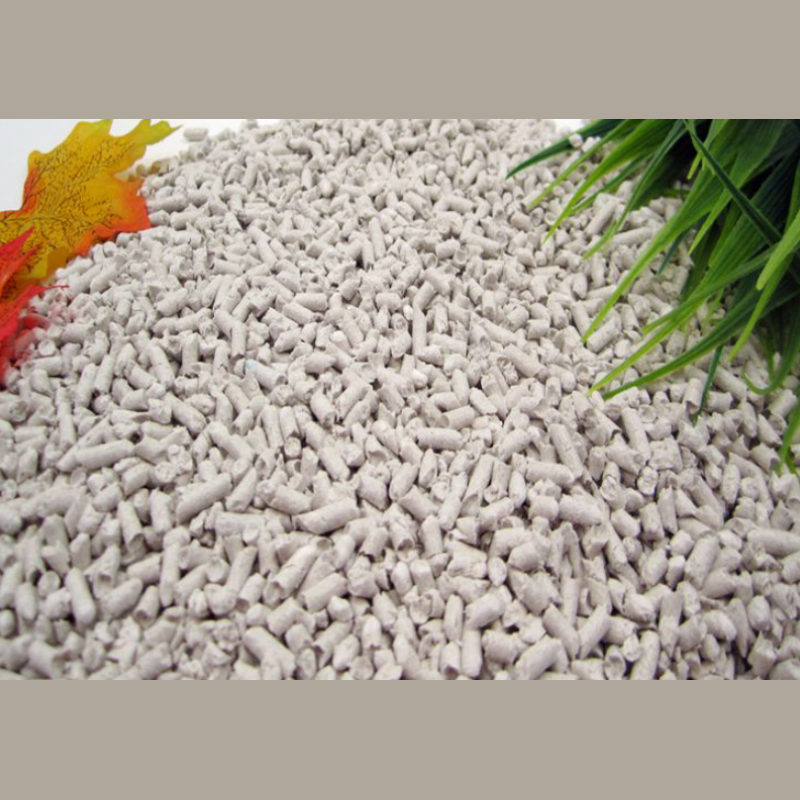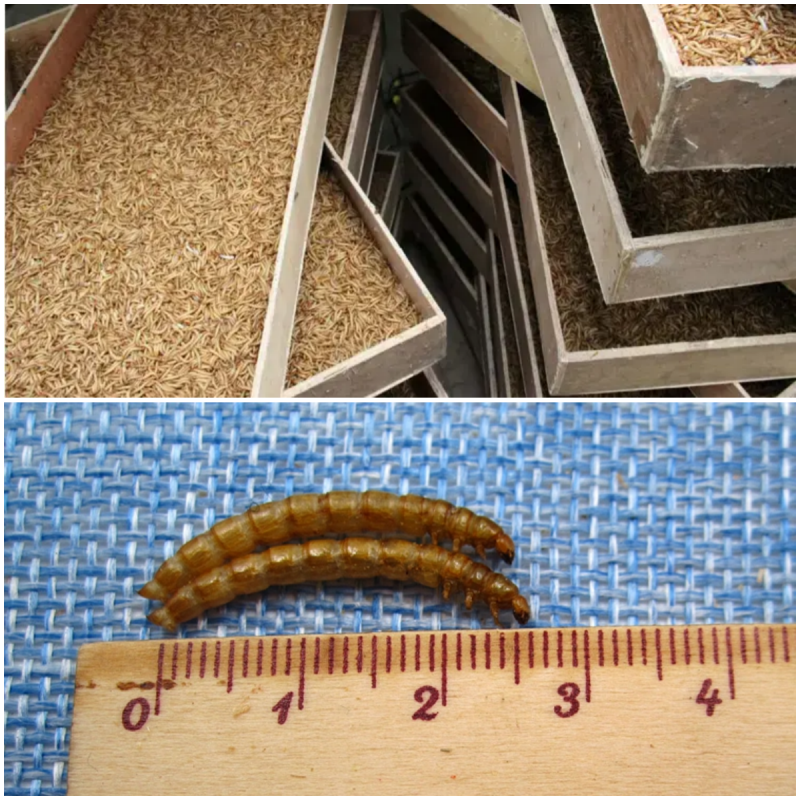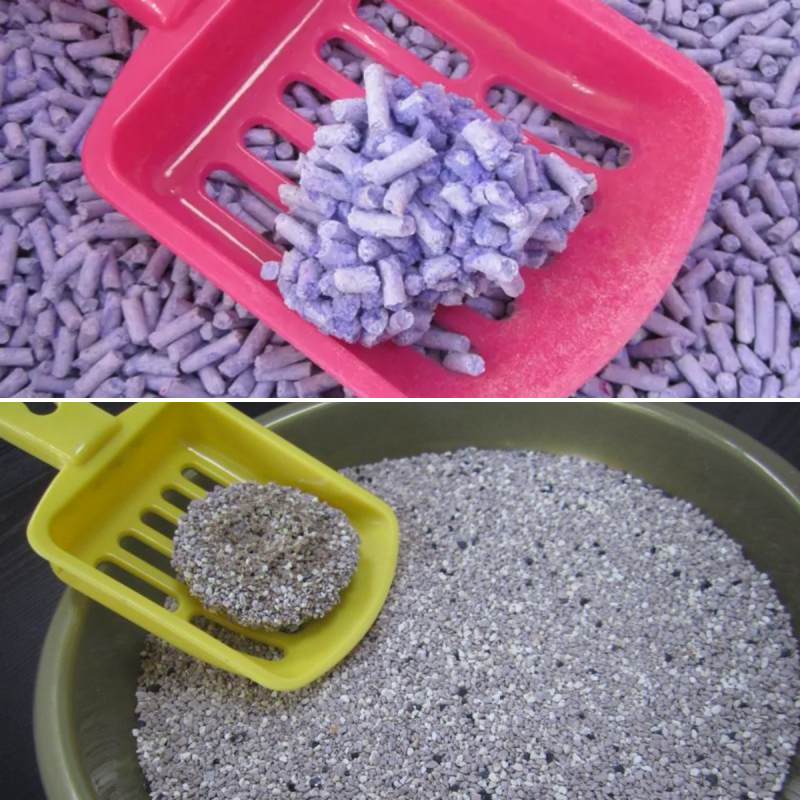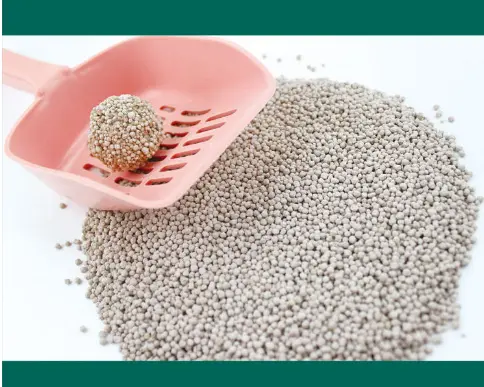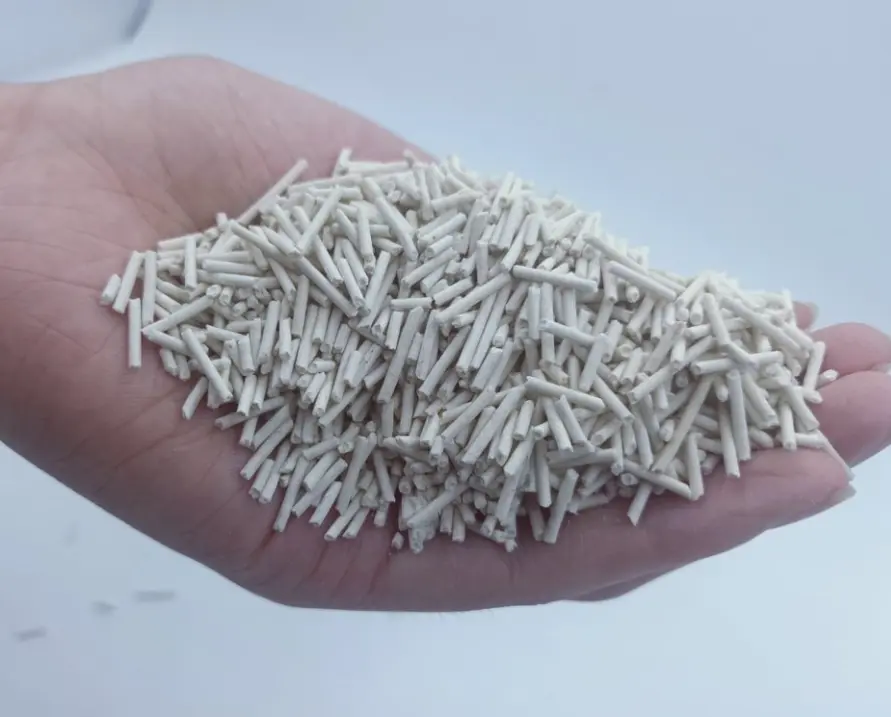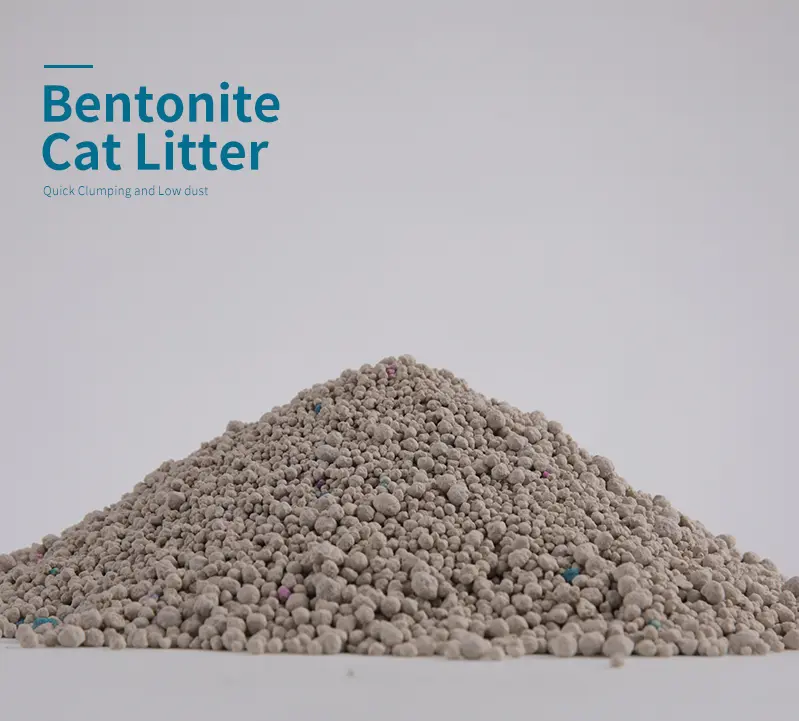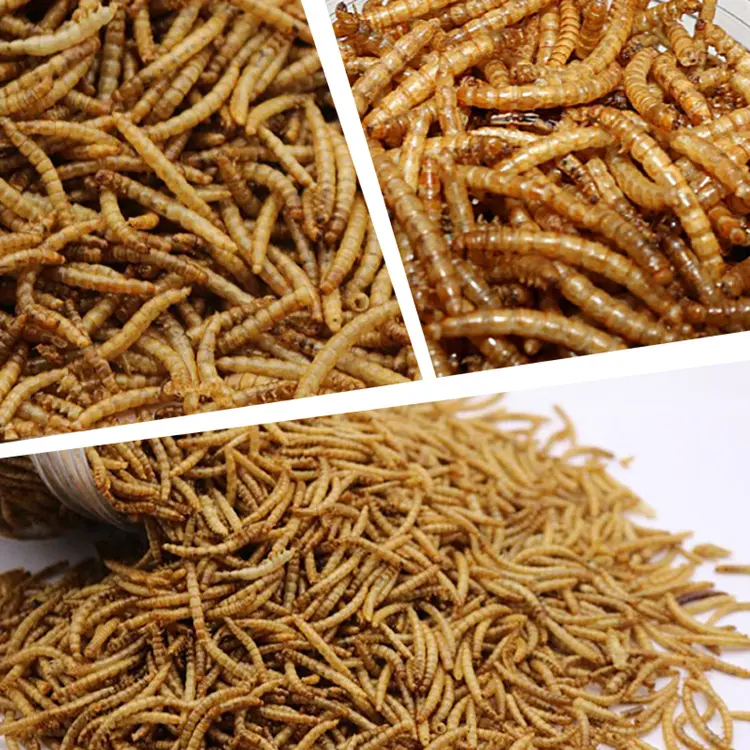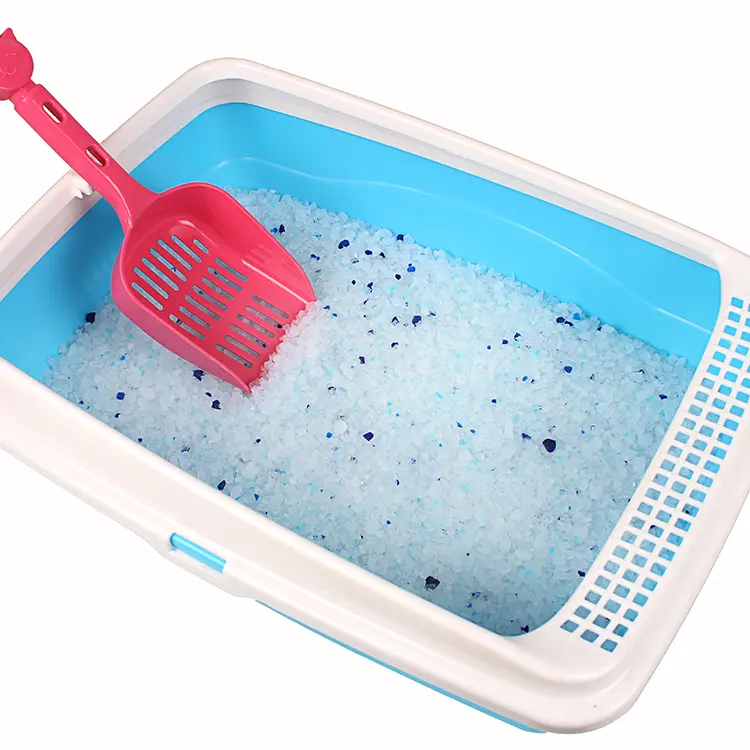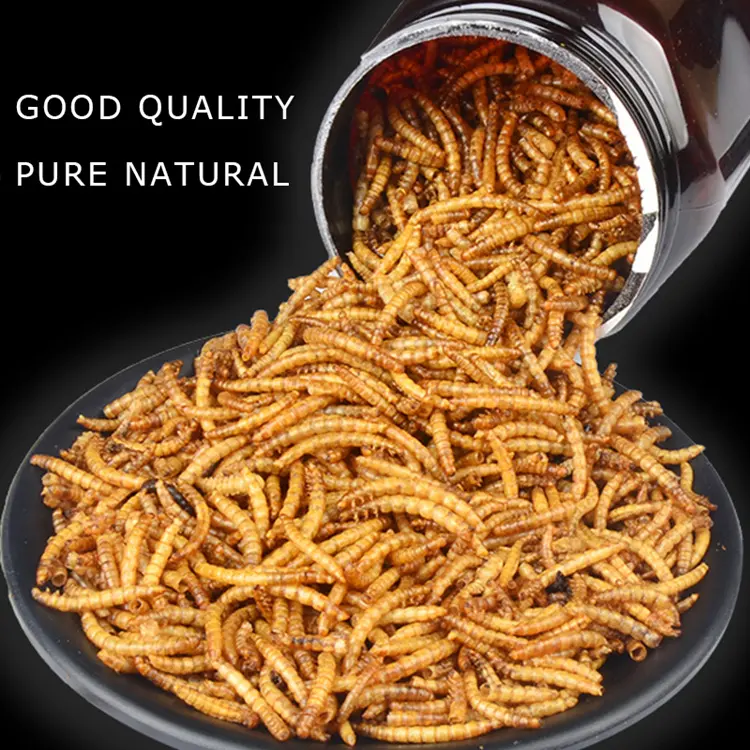Choosing the right cat litter can be surprisingly complicated, especially when balancing your pet's comfort, household cleanliness, cost, and environmental impact. In recent years, eco-conscious consumers have increasingly turned their attention to alternatives like paper litter, while clay litter continues to dominate the shelves due to its affordability and performance. So, how do these two options really stack up against each other?
In this article, we dive deep into the world of paper litter vs. clay litter, unpacking research data, practical experience, and expert insights to help you make an informed decision. Plus, we'll highlight how Green Pet Care Co., Ltd. is leading the way in providing sustainable, high-quality litter options for pet lovers worldwide.
Overview: What is Paper Litter and Clay Litter?
Paper Litter: Typically made from recycled paper products like newspapers or cardboard, paper litter comes in pellet, crumb, or granule form. It's known for being biodegradable, lightweight, and dust-free, making it an attractive option for pet owners prioritizing sustainability.
Clay Litter: Most commonly, clay litter is composed of bentonite clay, prized for its excellent clumping ability and strong odor control. Traditional clay litter is non-biodegradable and often mined through strip-mining, which raises environmental concerns.
Performance Comparison: Absorbency, Odor Control, and Ease of Cleaning
| Feature | Paper Litter | Clay Litter |
|---|---|---|
| Absorbency | High, especially pellet form | High, particularly clumping types |
| Odor Control | Moderate, better with baking soda added | Excellent with clumping bentonite |
| Clumping Ability | Non-clumping (most types) | Strong clumping for easy scooping |
| Dust Levels | Extremely low | Can be dusty, especially cheaper brands |
| Weight | Lightweight | Heavier, especially when wet |
| Tracking/Mess | Minimal tracking | More tracking outside the litter box |
From the data above, it's clear that clay litter wins on clumping and odor control, but paper litter is the go-to for low dust and minimal mess, especially for sensitive pets or humans with respiratory issues.
Environmental Impact: The Sustainability Debate
Here's where the conversation gets interesting — and a bit heated.
Clay Litter Environmental Data:
Strip Mining Impact: According to the U.S. Geological Survey, over 5 million metric tons of bentonite clay are mined annually in the U.S. alone.
Non-Biodegradable: Clay litter often ends up in landfills, contributing to waste that won't break down for decades.
Paper Litter Environmental Data:
Recycled Material Usage: Most paper litter brands use post-consumer recycled paper, reducing landfill pressure.
Biodegradability: Fully compostable under the right conditions.
| Environmental Metric | Paper Litter | Clay Litter |
| Resource Extraction | Made from recycled materials | Strip-mined from natural deposits |
| Biodegradability | High | Non-biodegradable |
| Carbon Footprint (Est.) | Lower (varies by brand) | High due to mining and transport |
Quick Divergence: It's ironic that a product meant to "clean up" after your pet might contribute significantly to environmental degradation. For eco-minded pet owners, that's a tough pill to swallow.
Health Considerations for Cats and Owners
Paper Litter Benefits:
Hypoallergenic, ideal for cats with respiratory sensitivities.
No silica dust, reducing risks linked to inhalation.
Clay Litter Concerns:
Some clay litters, especially cheaper varieties, can produce dust containing crystalline silica, which the CDC has flagged as a respiratory hazard with long-term exposure.
However, high-quality clay litters from reputable brands significantly reduce this risk.
Cost Comparison: Budget Realities
| Cost Factor | Paper Litter (Average) | Clay Litter (Average) |
| Price per kg | $1.5 - $2.5 | $0.5 - $1.5 |
| Frequency of Replacement | More frequent (non-clumping) | Less frequent with clumping types |
| Long-Term Cost | Moderate to high | Lower, especially bulk purchases |
In the long run, clay litter often proves more economical, though hidden costs like health or environmental damage are harder to quantify.
Real-World Pet Owner Preferences
A recent survey by the American Pet Products Association revealed:
Clay Litter Usage: Over 78% of cat owners still use clay-based litters.
Paper Litter Adoption: Around 12% have switched to paper or alternative eco-friendly options.
Yet, industry analysts predict that eco-litter demand will grow at a compound annual growth rate (CAGR) of 7.8% globally through 2030.
Green Pet Care Co., Ltd.: Bridging Performance and Sustainability
At Green Pet Care Co., Ltd., we've recognized this evolving consumer landscape and have tailored our product lines accordingly. Since 2014, with robust R&D and advanced processing facilities, we've supplied:
Traditional bentonite clay litter with premium dust control.
Innovative, biodegradable options like Tofu cat litter and Corn cat litter.
Paper-based cat litter designed for low dust, minimal tracking, and eco-friendliness.
Our paper litter, crafted from high-quality recycled materials, reflects our commitment to building a "healthy green paradise" for pets and their owners. With monthly cat litter sales exceeding 2,000 tons and eco-litter options rapidly gaining popularity, we ensure both performance and environmental responsibility.
Final Thoughts: Which Should You Choose?
The classic debate between paper litter and clay litter doesn't yield a one-size-fits-all answer. Here's a quick wrap-up for different scenarios:
For Eco-Conscious Owners: Paper litter wins hands down, especially with Green Pet Care's high-quality, affordable options.
For Budget-Conscious, Performance-Focused Owners: Clay litter remains a solid choice, particularly premium low-dust varieties.
For Sensitive Cats or Allergy-Prone Households: Paper litter offers a safer, hypoallergenic alternative.
Ultimately, your choice depends on balancing your priorities — health, convenience, cost, and environmental impact.
At Green Pet Care Co., Ltd., we're proud to empower that choice with a diverse, ever-evolving range of pet products. From our factories to your home, we deliver reliability, sustainability, and peace of mind.
Choosing cat litter might seem mundane — but as we've seen, it's woven with layers of health, economics, and ethics. So next time you're standing in the pet aisle or browsing online, you'll know that every scoop counts, for your pet and for the planet.
